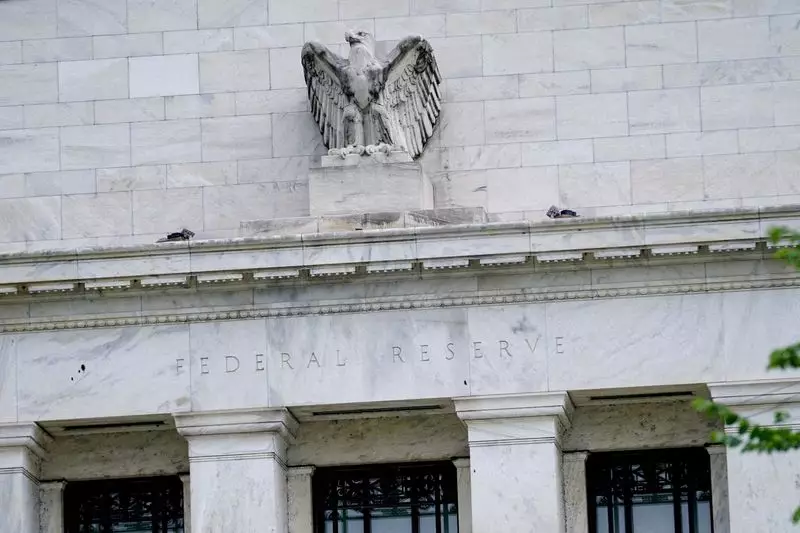The recent violent reaction of bond vigilantes to the spendthrift policies of French politicians serves as a stark reminder for the United States. It underscores the fact that the market will likely determine the tipping point for debt sustainability, and forecasting it accurately will be a tough task. While there has been growing concern among financial executives and investors about the increasing U.S. fiscal deficits, the reaction from bond markets has been relatively calm. The focus has been more on factors like the Federal Reserve rate outlook, inflation, and overall economic conditions.
Despite assurances of U.S. economic strength and the attractiveness of its markets, there is a growing risk of a similar scenario to what happened in France. The French experience, where worries about fiscal plans caused a spike in yields, should be a cautionary tale for the U.S. The possibility of bond vigilantes waking up and reacting strongly to unchecked government spending is a real one. Especially as the policy outlook is expected to become a key factor following the upcoming debates between Joe Biden and Donald Trump.
Any significant market flare-up has the potential to cause widespread repercussions. If bond investors become spooked over debt sustainability issues, yields could rise, contradicting efforts by the Federal Reserve to ease the economy towards a soft landing. A recent example from France, where market disruptions following snap elections impacted government funding plans and even delayed an IPO, serves as a grim reminder of the impact such events can have.
The scale of the U.S. deficit problem continues to grow, as evident from the Congressional Budget Office’s latest forecast. The cumulative deficit for the fiscal 2025-2034 decade has been revised upwards by $2.067 trillion. This trend is concerning long-term investors, as reflected in the widening gap between 30-year Treasury bond yields and similar tenor interest rates like the SOFR swap. This premium charged by investors for U.S. government debt signals increasing concerns over the mounting levels of debt being issued.
Conversations within the financial industry reveal a sense of unease about the trajectory of U.S. debt levels. Many market participants foresee debt becoming a significant problem within the next five to ten years. There is a growing sentiment that the current path of deficit accumulation is unsustainable and could have severe consequences in the future. These concerns are not limited to a few individuals but are widely shared among industry insiders who prefer to remain anonymous to discuss these issues candidly.
The warning signs are clear, and the United States needs to heed them. The cautionary tale from France and the increasing market focus on debt sustainability should serve as a wake-up call for policymakers and market participants. The risk of a sudden market reaction to ballooning deficits is real, and the consequences could be far-reaching. It is imperative for the U.S. to address its fiscal challenges proactively to avoid a similar fate to what we witnessed across the Atlantic.

